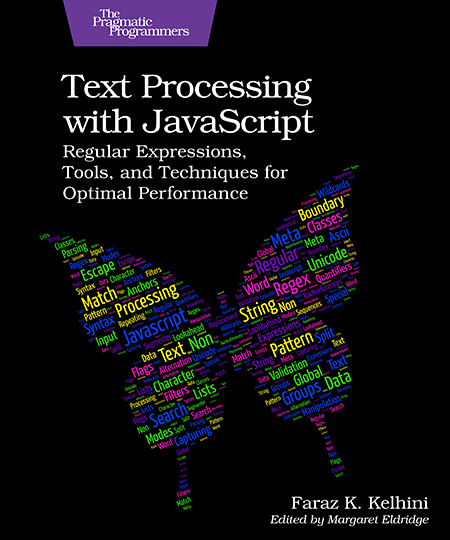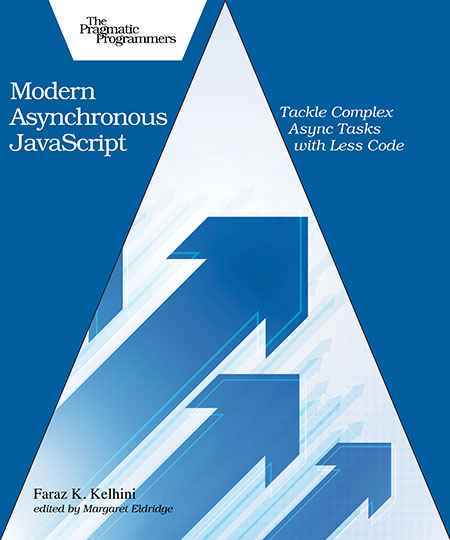The different ways of referencing the global object have made it tough to write a portable JavaScript code that works in multiple environments. Fortunately, there’s a proposal in the works that aims to fix this issue by introducing a standard property called globalThis that will be available in all environments. In this article, we’ll first look at the global object in popular JavaScript environments and then see how globalThis provides a unified mechanism to access it.
In my recent post “How to make HTTP requests like a pro,” I discussed the benefits of using the Axios library. Nevertheless, it’s important to acknowledge that Axios is not always an ideal solution, and there are sometimes better options for making HTTP requests. Without question, some developers prefer Axios over built-in APIs for its ease of use. But many overestimate the need for such a library. The fetch() API is perfectly capable of reproducing the key features of Axios, and it has the added advantage of being readily available in all modern browsers.
Since its introduction in ECMAScript 2015, the Promise object has provided two methods for tracking the state of asynchronous tasks: Promise.all() and Promise.race(). Although these methods have opened new possibilities in JavaScript, there are still use cases that aren’t covered. To fill this gap, two additional methods are proposed to be added to the specification: Promise.allSettled() and Promise.any(). In this post, we’ll take a good look at new and existing promise methods (also known as promise combinators) and see how they differ.
In JavaScript, the Number type cannot safely represent integer values larger than 9007199254740991. This limitation has forced developers to use inefficient workarounds and third-party libraries. BigInt is a new data type that can represent integer values larger than the range supported by the Number type. The ability to represent integers with arbitrary precision is particularly important when performing mathematical operations on large integers. With BigInt, integer overflow will no longer be an issue. Additionally, you can safely work with high-resolution timestamps, large integer IDs, and more without having to use a workaround.
ECMAScript 2019 (or ES2019 for short) introduces exciting new features such as Object.fromEntries(), flat(), flatMap(), trimStart(), trimEnd(), description property for symbol objects, optional catch binding, and more. The good news is that these features have already been implemented in the latest versions of Firefox and Chrome, and they can also be transpiled so that older browsers are able to process them. In this post, we will take a good look at these features and see how they upgrade the language.
There’s a good reason the majority of programming languages support regular expressions: they are extremely powerful tools for manipulating text. If you have ever done any sort of sophisticated text processing and manipulation in JavaScript, you’ll appreciate the new features introduced in ES2018. In this article, we take a good look at how the ninth edition of the standard improves the text processing capability of JavaScript.
The ninth edition of the ECMAScript standard, officially known as ECMAScript 2018 (or ES2018 for short), was released in June 2018. Starting with ES2016, new versions of ECMAScript specifications are released yearly rather than every several years and add fewer features than major editions used to. The newest edition of the standard continues the yearly release cycle by adding four new RegExp features, rest/spread properties, asynchronous iteration, and Promise.prototype.finally. Let's have a good look at each of these new features.
ECMAScript 6 (or ECMAScript 2015) has remarkably improved parameter handling in JavaScript. We can now use rest parameters, default values and destructuring, among other new features. In this tutorial, we will explore arguments and parameters in detail and see how ECMAScript 6 has upgraded them.
Having a good understanding of constructors is crucial to truly understand the JavaScript language. Technically, JavaScript doesn't have classes, but it has constructors and prototypes to bring similar functionality to JavaScript. In fact, the class declaration introduced in ES2015 simply works as syntactic sugar over the existing prototype-based inheritance and does not really add any extra functionality to the language.
In JavaScript, there are several ways to count the occurrences of some text or character in a string. If you need to find the occurrences of a single character, then using the charAt() method inside a loop is the easiest method. Let's look at some examples.












